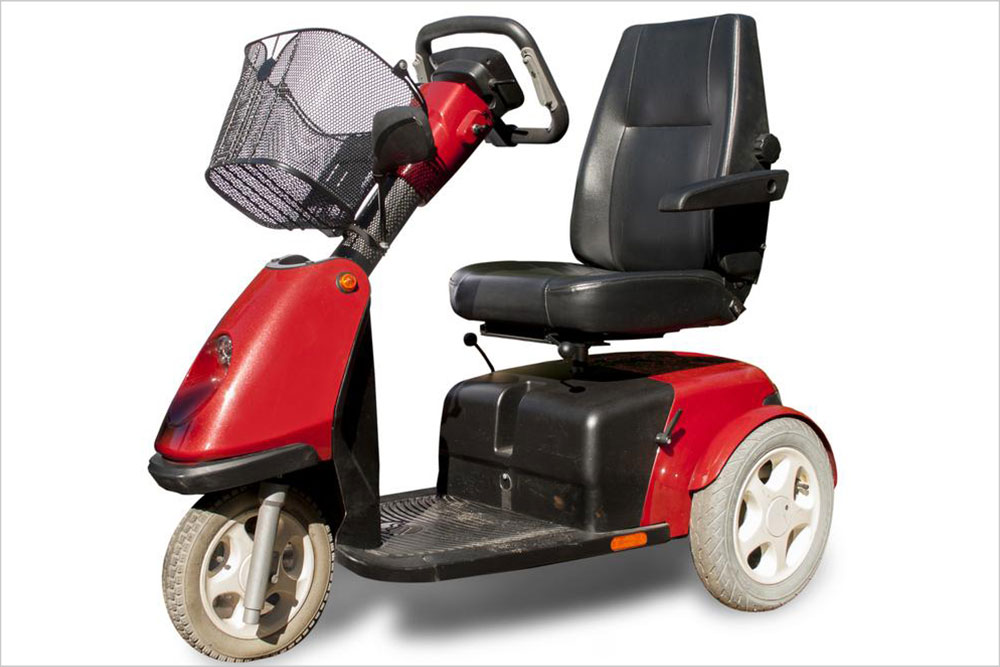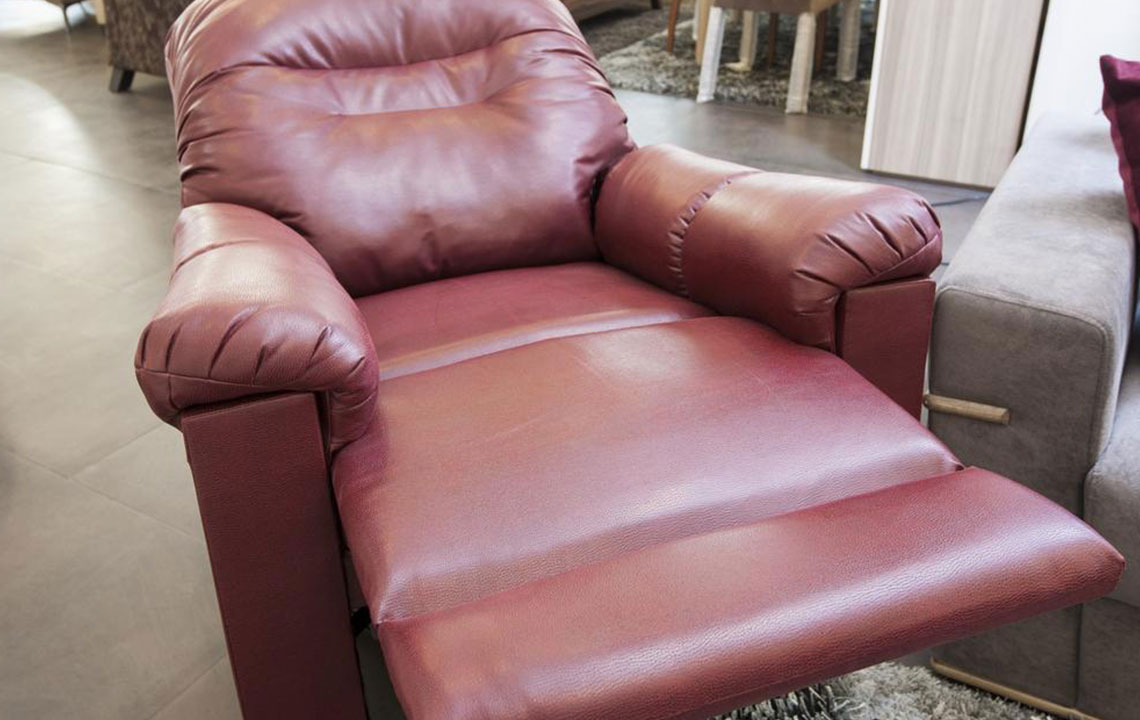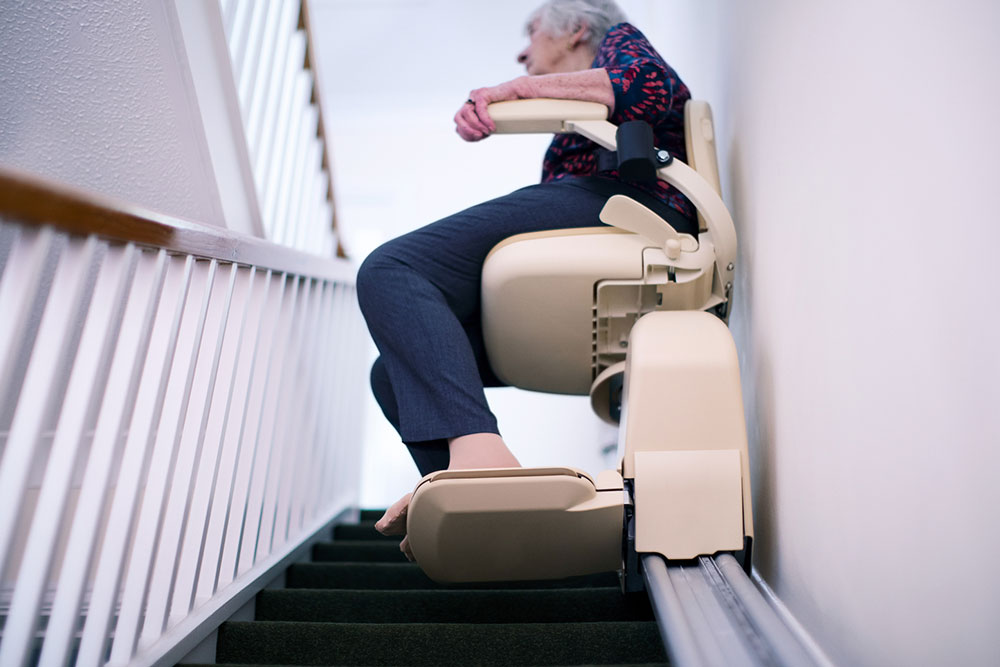Choosing the Right Mobility Device: Electric Scooters versus Powerchairs
Explore the comprehensive guide to choosing between electric scooters and powerchairs, two essential mobility devices that improve independence for individuals with mobility challenges. Understand their features, differences, and suitability to make an informed decision tailored to your needs. This detailed comparison covers control, portability, cost, and usage environments, helping users select the best option for enhanced mobility and lifestyle improvement.

Selecting the Ideal Mobility Solution: Electric Scooters and Powerchairs
Mobility devices like electric scooters and powerchairs are vital tools that enhance independence for individuals facing mobility limitations. These innovative devices enable users to move freely without relying solely on manual effort, offering a sense of freedom and control over their daily activities. Understanding the specific features, advantages, and limitations of each device is fundamental when deciding which option best fits one's lifestyle, health needs, and environment. This comprehensive guide explores the critical differences and factors to consider to help you make an informed choice that improves quality of life.
Powerchairs (Electric Wheelchairs)
Powerchairs, also known as electric wheelchairs, are sophisticated mobility devices powered by rechargeable batteries. They are particularly designed for individuals with limited or no manual strength, providing effortless movement through intuitive controls such as joystick or button interfaces. These chairs support a broad range of user needs—whether it’s traveling longer distances, navigating complex indoor environments, or tackling uneven terrains outdoors. The advanced functionality of powerchairs often includes features like adjustable seat height, recline options, and custom controls to accommodate various disabilities and preferences.
One of the key strengths of powerchairs is their impressive ability to support extensive travel in both indoor and outdoor environments. They excel in maneuverability, offering sharp turns in confined spaces such as homes and shopping malls. Furthermore, many modern powerchairs feature foldable designs, making them highly portable for travel or storage in vehicle trunks without significant hassle. This flexibility is crucial for users who may experience fatigue or have limited upper body strength, ensuring they can maintain their independence with ease.
Electric Mobility Scooters
Electric scooters closely resemble traditional kick scooters but are equipped with powered batteries, seating, and a handlebar for steering. Usually outfitted with two to three wheels, these devices are designed for users who can manage standing and steering independently for short to medium distances. The swivel seat provides comfort, while the large wheels ensure stability on various surfaces, including sidewalks and outdoor paths. Electric scooters are an excellent choice for users seeking a simple, cost-effective, and efficient means of outdoor transportation, especially over longer distances or in outdoor terrains.
Powerchair vs. Mobility Scooter: A Comparative Breakdown
Though both devices aim to improve mobility, their distinctions become vital based on individual needs, environment, and budget. Here is a detailed comparison across various factors:
Control and Handling: Mobility scooters require active balancing and steering with handlebars, similar to riding a bicycle. They demand good coordination and strength for safe navigation. Powerchairs, on the other hand, are designed for effortless control through simple joystick or switch interfaces, making them suitable for users with limited or no hand strength.
Portability and Storage: Powerchairs tend to be more compact, often featuring foldable structures that allow easy transport and storage in vehicles or closets. This portability makes them ideal for travel or users living in tight spaces. Electric scooters are typically lightweight but might require disassembly for transport, depending on the model.
Cost Considerations: Powerchairs generally have a higher starting price, often around $1,000 or more, due to their advanced electronic controls, customizability, and robust build. Basic models can cost as low as $600. Electric scooters tend to be more affordable, with models starting from approximately $300—suitable for budget-conscious users looking for sporadic or occasional outdoor use.
Use Cases and Terrain Compatibility: Powerchairs are versatile, capable of naviating both indoor and outdoor environments, including uneven terrains, gravel paths, and slopes. They are suitable for users with significant mobility impairments or those who need to travel longer distances. Electric scooters are primarily designed for outdoor use on smooth pavements and sidewalks, ideal for users who can stand or sit comfortably for moderate durations and need reliable transportation over longer outdoor distances.
In summary, choosing between an electric scooter and a powerchair hinges on individual mobility needs, environment, and financial considerations. Both devices significantly enhance independence and quality of life when selected appropriately, enabling users to navigate their worlds with confidence and ease.





